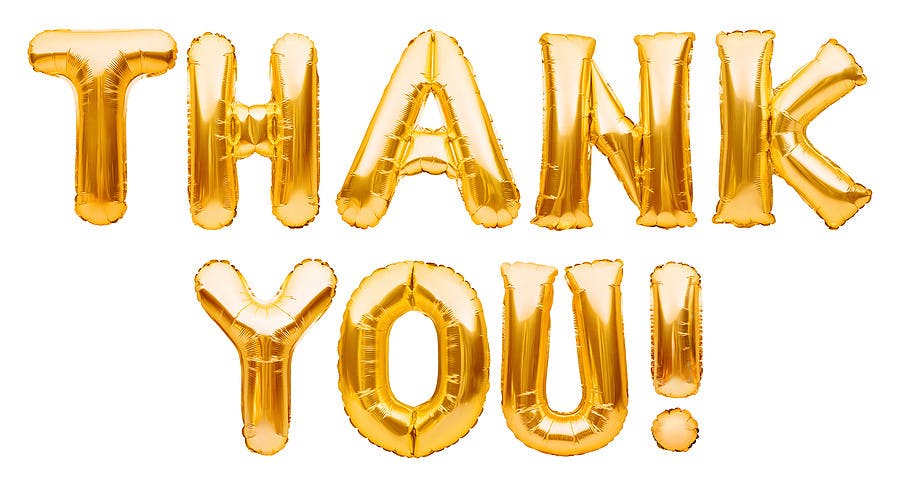Times have changed quickly, and in a way we could have never anticipated. I am writing this article from my home office, with my kids and newly adopted chickens running around the backyard. My coworkers are spread out all over the country. Lively working sessions and team lunches have been replaced with video calls, Slack messages, and takeout. In the past few months, working from home has become the norm — increasing from 31% before the pandemic to 65%. Many people are working differently and feeling isolated.
The mental impact of this physical adjustment is significant. According to a recent KFF poll, 45% of adults said that their mental health has been negatively impacted during this time.
As a result, business leaders are responding by rolling out new strategies to help their employees cope. But in the process, many are underestimating the strategy that stands the test of time (and pandemics): employee recognition. Indeed, 70% of employees say that motivation and morale would improve “massively” with managers saying “thank you” more. (Though, naturally, effective recognition efforts extend beyond such simple efforts.)
Is recognition something new? Of course not.
But is it especially needed right now? You wouldn’t be reading this article if it weren’t.
Still, what sometimes holds people back from providing praise, especially at a time when people need it so much? Why aren’t companies doing more to improve recognition efforts?
Challenge #1: Ensuring an Inclusive Recognition Program
It can be hard to have a recognition program that includes everyone meaningfully. Employees in high-visibility positions or those who are better at championing their successes tend to get more praise. Likewise, teams with managers who are better at giving recognition get more of it.
On the other hand, undesked employees don’t get the same frequency or types of recognition as their 9-to-5 counterparts.
There are many mistakes that leaders face when creating an inclusive recognition program. For example, they often focus on high-impact contributions, not the small things. Or they forget to call out great work because they are overwhelmed and busy.
A powerful way to ensure broader recognition is to diversify who’s responsible for giving recognition — which would be everyone in your organization.
You should encourage all employees to show appreciation for each other. This increases the likelihood that the company’s quietest workers will be recognized for their hard work and contributions. Plus, when people praise their peers, they develop strong working relationships and feel a greater sense of belonging, particularly important when not workers aren’t together in the same physical location.
Then, of course, there’s the business case: According to SHRM, peer recognition is nearly 36% more likely to have a positive impact on financial results than manager-only recognition.
To ensure inclusivity, you should also couple peer recognition with transparency and data. Having data on who is being recognized and when can give managers and peers a nudge if someone hasn’t been acknowledged recently, as well as help identify employees who may be struggling or feeling disengaged.
Challenge #2: Enabling Consistent Recognition That’s Meaningful and Impactful
Recognition programs often fail because they become too narrow in approach. Sure, they may include all types of workers, but they still fail to recognize people in the right ways.
Some of the most common legacy programs include tenure-based programs that acknowledge employees once a year. Others give people a pat on the back at the end of a big project. While still others dole out spot bonuses awarded to high-performing employees on an annual or biannual cadence. Leaders need to be mindful of the shortcomings of these programs — they are tied to metrics that employees may not value and miss important moments and milestones that should be publicly celebrated.
For recognition to be meaningful (and therefore impactful), it needs to be:
- Timely. The association between contribution and recognition weakens over time. Recognition must be given as soon as possible to produce a clear connection to positive behavior.
- Frequent. Employees make contributions on an ongoing basis, and failing to recognize those contributions increases the likelihood that they will feel undervalued.
- Specific. Recognition should include the details and context of the task, as well as the impact of the employee’s work. This helps employees connect how their actions contributed to a company’s goals or mission.
- Visible. Being recognized publicly magnifies impact. There is a literal chemical reaction that happens when we are recognized — our bodies release oxytocin, which is the chemical that helps us create bonds with others. Sharing recognition with a wider audience can spark ideas and discussions in other areas of the business. It also provides examples of good work and actions to inspire others.
Challenge #3: Getting Buy-In to Make Peer Recognition Work
When building your team of internal champions, seek out leaders who will help conceptualize, promote, implement, and reinforce the value of recognition and the company’s approach. Work with this group to outline which behaviors your company wants to reward and enforce. Tie these behaviors to your company’s values to give them a larger purpose. And then identify appropriate rewards or experiences. By providing guidelines on giving recognition and then having your champions model them. Better still, you will make it easier for everyone in the company to join in.
